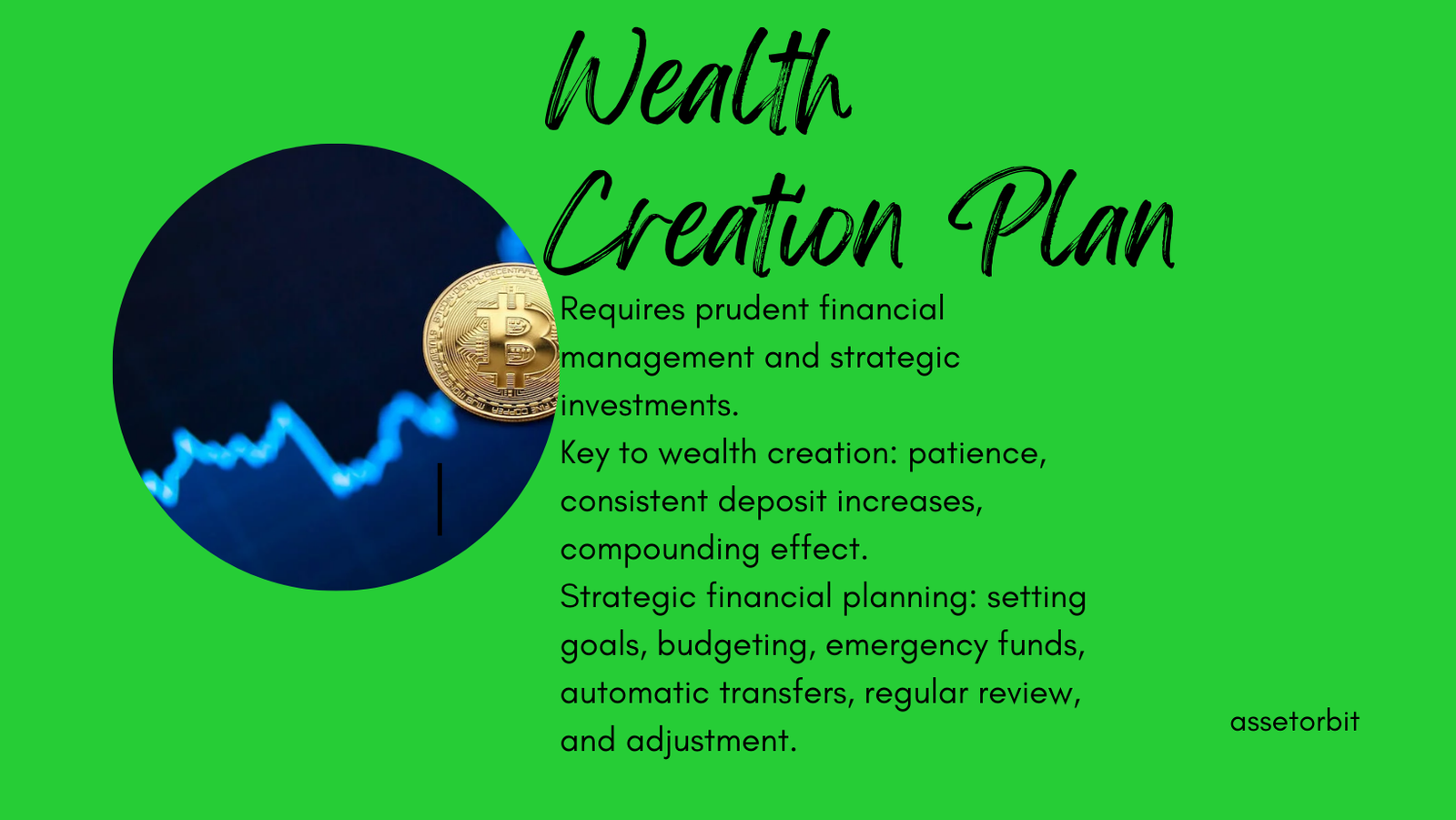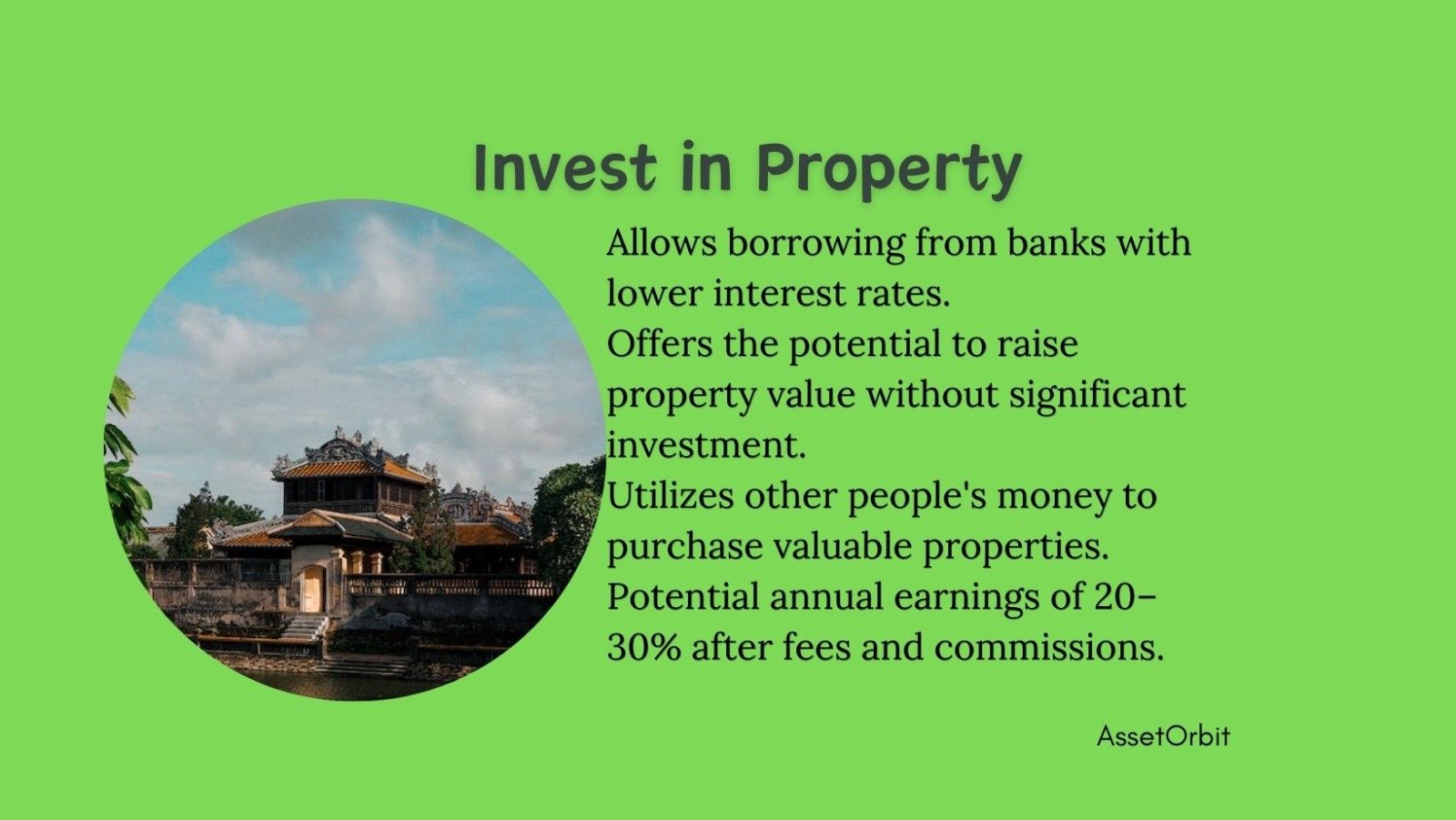Imagine your risk profile as a report card that shows how comfortable you are with taking financial risks.
Everyone has a different level of comfort with financial risks, just like some people enjoy roller coasters and others prefer merry-go-rounds.
Your risk profile considers two aspects: how much risk you’re willing to accept and how much risk you can bear given your situation.
What is risk profile?
A risk profile is similar to a financial personality test in that it indicates how much risk a person is willing and able to accept with their assets. It assists in determining the appropriate asset mix for a portfolio depending on an individual’s tolerance for uncertainty and financial position.
In short
Risk profile analysis
Consider this: if you don’t mind a little uncertainty and are willing to lose some money in exchange for possibly bigger returns, you may have a high level of risk tolerance. If the thought of losing money keeps you up at night, it’s likely that you have a lower risk tolerance.
Your age, how much money you have available, and other considerations all play a role in this. For example, someone who is just starting out in their career may be more willing to take risks since they have more time to recover from any losses than someone nearing retirement.
Understand your risk profile
Understanding your risk profile can help you and your financial adviser determine how to invest your money effectively. It’s like having a road map that directs you to assets that are appropriate for your risk tolerance.
Risk can be beneficial, but it’s essential to strike a balance between taking risks and maintaining financial security.
What are the components of a risk profile?
1. Loss of capital:
The market value of an investment decreases below its initial price, similar to buying something at a higher price than its current worth.
2. Volatility:
This refers to the fluctuating price of an investment over time. For example, if you invest in a mutual fund, its value might fluctuate daily depending on the success of the stock market. Long-term investments help to balance out the ups and downs.
3. Liquidity risk:
This refers to the risk of not being able to quickly sell your investment for cash when you need it. For example, real estate might be difficult to sell quickly, but mutual funds are easy to turn into cash.
Understanding these components is important because they influence how you feel about your finances and how you make decisions.
- If you can tolerate a high level of risk and are willing to lose some money temporarily, you may be more comfortable with aggressive investing.
- On the other side, if you desire stability and don’t want to witness large changes in your investment, you may choose more cautious solutions.
Ignoring your risk profile might cause frustration and regret.
- Risk-takers who invest in low-return investments may feel unsatisfied as they may miss out on potential profits.
- And if you’re a conservative investor in high-risk projects, you could panic if your investment’s value drops unexpectedly.
That’s why it’s important to match your risk profile with the appropriate investments.
- You’ll feel more secure and at ease even during times of market turbulence if you match your investments to your risk tolerance.
- Finally, understanding your risk profile enables you to make educated decisions that are appropriate for your financial objectives and personality.
How to make a risk profile?
Creating a risk profile involves understanding two main elements: risk appetite and risk tolerance. Let’s break down how to analyze each:
1. Risk Appetite
- Risk appetite is similar to financial strength in that it determines how much risk you’re willing to take.
- Your age has a significant impact on your risk appetite. In general, younger people with consistent incomes and time to recoup from losses may be able to afford to take greater risks.
- Regular income also increases the risk appetite. Those with solid salaries are frequently more willing to take chances than retirees living off savings.
- Knowledge about investing improves risk appetite. The more you learn about investing, the more confident you will feel about taking chances.
- It is also important to consider your investment horizon. If you’re saving for the long term, such as retirement, you may be more ready to put up with market fluctuations.
- Net wealth and investable excess also influence risk appetite. If you have more money, you may be more willing to take risks.
2. Risk Tolerance
- Risk tolerance is all about your psychological comfort with taking risks—it has more to do with your thinking than your financial status.
- It’s like a mental barrier to dangerous investments. Some people have a tendency to take risks, while others prefer safer options.
- Unlike risk appetite, risk tolerance is indifferent to age or wealth. It’s more about how you actually feel about danger.
- Even if you’re young and financially secure, you may be hesitant to invest in high-risk funds if you’re not comfortable with the prospect of losing money.
Remember that your risk appetite and tolerance might alter over time, and they may differ based on your financial goals. Understanding these elements aids in creating a risk profile that guides investment decisions and ensures financial goals are achieved with confidence.
What is a risk profile example?
1. Aggressive Investors
- These investors have a high tolerance for risk and are at ease with uncertainty.
- They want large profits and are ready to take on substantial capital risk.
- Their portfolio often includes volatile assets like midcap, smallcap, and sectoral equity mutual funds.
2. Conservative Investors
- Conservative investors have a limited risk tolerance and prioritize money preservation.
- They want secure and dependable investments, even if it means foregoing bigger returns.
- Their portfolio includes low-risk investments like debt mutual funds and hybrid funds.
3. Moderate Investors
- Moderate investors find a balance between risk and reward.
- They are prepared to accept measured risks in exchange for considerably better profits, while emphasizing capital protection.
- Their portfolio mainly consists of debt and equity funds.
4. Growth-Oriented Investors
- These investors prioritize long-term capital growth and are less concerned with short-term volatility.
- They have a thorough grasp of investing and asset allocation techniques.
- Their portfolio seeks long-term returns and may comprise a diverse range of assets.
Investors’ risk profiles might differ based on how much risk they’re prepared to face and how comfortable they are with it.
- High-risk appetite and high-risk tolerance: These investors are comfortable taking significant risks because they are financially secure and confident. They are comfortable with the prospect of huge gains or losses.
- High risk appetite, low risk tolerance: Even if they are financially secure, many investors want to play it safe. They emphasize conserving their money over the prospect of earning more.
- Low-risk appetite and high-risk tolerance: These investors are willing to take chances, even if they are not extremely wealthy. They are daring and willing to take chances on investments in the hopes of reaping large benefits.
- Low risk appetite-low risk tolerance: These investors are cautious and seek to stay protected. They are not willing to take chances, even if it means potentially missing out on larger profits.
Final thoughts
Understanding your risk profile, similar to knowing whether you enjoy adventure or relaxation in your leisure pursuits, allows you to confidently traverse the financial world. You may adjust your investing plan to your risk profile by examining aspects such as your financial status, level of comfort with uncertainty, and investment objectives. So, before you jump into any investing opportunity, consider your risk profile and ask yourself: Does this investment fit my risk profile? It’s the compass that directs you to financial decisions that are consistent with your personality and aspirations, eventually protecting your financial future



